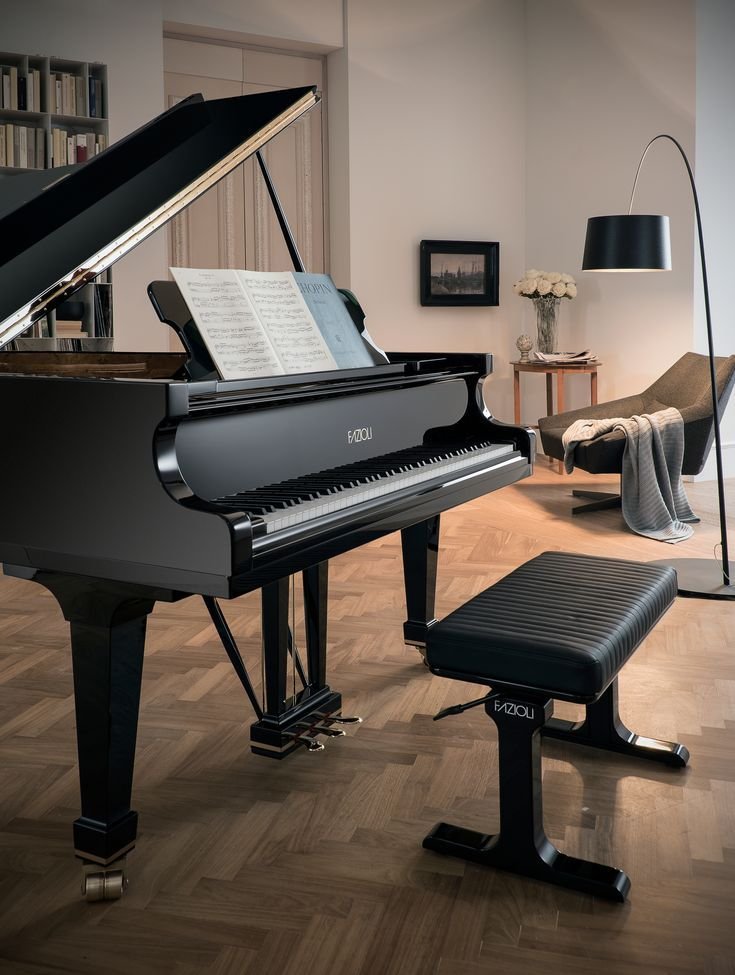If you’re looking to purchase a new Steinway piano, you’ve come to the right place. We’ll go over what you need to know about these fine instruments, the different types available, and how much one costs. We’ll also touch on the history of the company and why Steinweg pianos are considered such a luxury item. You can learn how to buy a Steinway with 85 keys or an authentic restoration certificate, and more!
Buying a new Steinway
While there is a certain amount of controversy surrounding the quality of Steinway Mason Hamlin pianos, the quality of their sound and feel is well known. While there is no clear standard, there are several ways to tell a quality Steinway from a subpar one. While the brand’s recognition has come from many different things, Steinway’s brand is the most recognizable. In fact, it woos schools and artists to use their instruments, feeding a vibrant music culture.
If you can’t afford a brand new Steinway piano, you can always opt for a used one. Second-hand Steinways are often sold at a significant discount, and are typically priced at 47% to 50% below their new counterparts. Be sure to purchase the used model from a Steinway-licensed dealer. Although used Steinways can be less expensive than new ones, they are still capable of producing generations of music. In addition, used Steinways have the advantage of being able to be reconstructed without sacrificing quality.
Buying a Steinway with 85 keys
If you want to own a vintage Steinway piano, you should consider buying Mason Hamlin Piano with 85 keys. The octave range of these instruments was extended from five octaves to seven and a third in the 19th century. For some time, 85 keys reigned supreme during this evolutionary process. One example of a classic model is a Victorian Oak Steinway Model B, which was built in 1891. It features a Victorian style music desk and a beautiful, quarter-sawn oak veneer. In 1985, the model was rebuilt, with a new pin block, soundboard, and action.
The reason for this limited range is that Mozart required a wide range for his music. In 1850, the range was four octaves and then six. By the late nineteenth century, the keys were at their highest point: 85 keys. In general, older Steinway pianos with 85 keys have a higher fair market value. Furthermore, you can save money by buying a second-hand model if you have a strong attachment to the Steinway brand.
Buying a Steinway with a certificate of restoration
Purchasing a Steinway with a certificate of restored piano will help ensure that the parts and restoration process used in the repair are genuine Steinway parts. If parts are not genuine, you can never be sure that the piano was restored by a Steinway technician. Moreover, you will need to be careful when choosing a Steinway piano dealer as many of them will pass on a rebuilt Steinway piano as a genuine one.
If you are buying a Steinway Mason Hamlin, you will want to be sure that it was restored by an authentic and trustworthy Steinway Restoration Center. Steinway builds all its instruments to the highest standard and is constantly raising the bar. This is why the only way to ensure that your Steinway is in perfect condition is to buy it from a Steinway restoration center. In fact, many Steinway dealers sell soundboards but will not restore them themselves.
Cost of a new Steinway
If you’re considering purchasing a Steinway piano for your home, there are a few factors you should keep in mind. The price of a new Steinway piano will vary depending on its size, finish, and other features. A basic model D can cost around $171,000, but you can spend more than $200,000 for the same model with a Mahogany finish. Other factors that affect the price of a Steinway are the model’s size and its parts. The larger the piano, the more parts it requires, which increases the cost of the instrument.
The price of a new Steinway piano depends on what model you purchase. Steinway pianos are highly valued due to their advanced construction methods and high-quality materials. Steinway pianos are made with a diaphragmatic soundboard for a distinctive Steinway sound, and the Hexagrip pinblock has seven successive grain orientations for better tuning. While these features may make a Steinway piano more expensive, new models are just as beautiful and well-made. They are used in many professional concert halls around the world.

